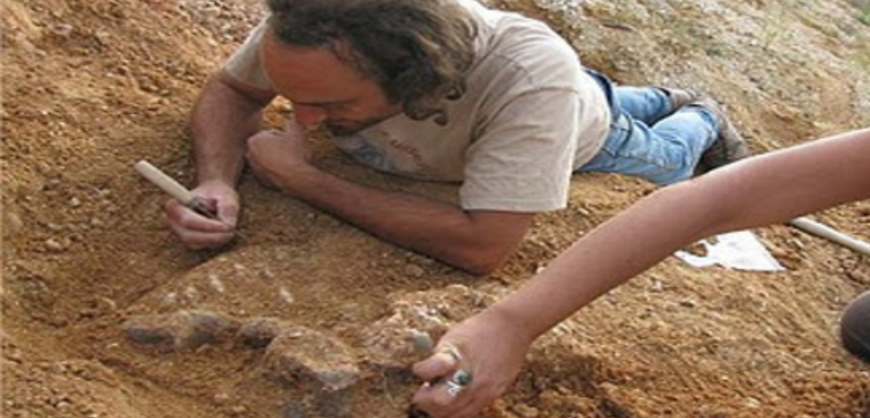A uniquely preserved prehistoric mudhole could hold the oldest-ever human footprints on the Arabian Peninsula, scientists say. The seven footprints, found amidst a clutter of hundreds of prehistoric animal prints, are estimated to be 115,000 years old.
Many fossil and artifact windfalls have come from situations like this special lakebed in northern Saudi Arabia. Archaeologists uncovered the site, deep in the Nefud Desert at a location nicknamed “the trace” in Arabic, in 2017, after time and weather wiped the overlying sediment away. It’s easy to imagine that a muddy lakebed was a high-traffic area in the Arabian Peninsula over 100,000 years ago.
When populations move on, these prints are left behind until they’re covered over. In the far, far older Burgess Shale event, some of the oldest organisms ever found were preserved intact because they likely fell into a mudslide and were killed instantly. An entire armored nodosaur was found in unprecedentedly good shape because it was encased in mud and in the cold of the ocean floor. If there were a finder’s fee for incredible archaeology, a lot of it would be paid to mud.
Greek police arrest 33 NGO members for human trafficking
Read more: yahoo



































